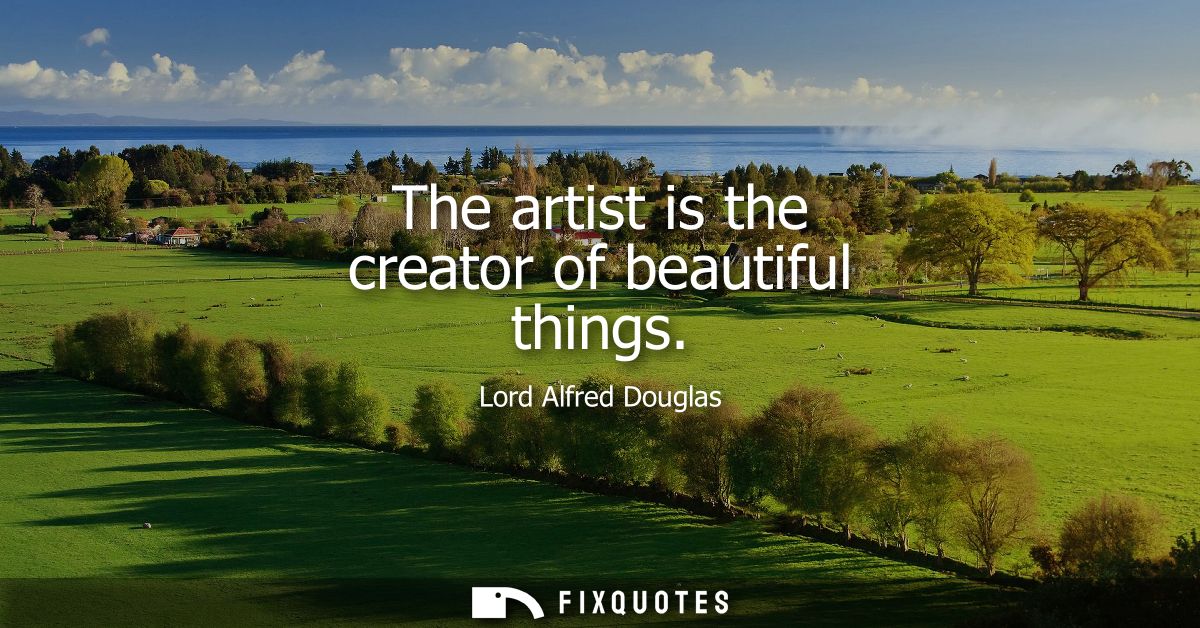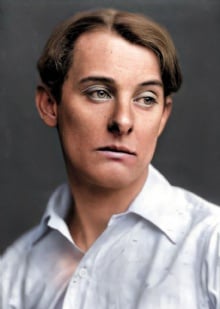"The artist is the creator of beautiful things"
About this Quote
To call the artist the creator of beautiful things asserts a vision of art as generative rather than merely imitative. Beauty does not simply preexist, lying dormant in the world, waiting to be photographed; it is shaped, distilled, and conjured through the artist’s choices, of form, rhythm, color, silence, and surprise. Creation here is not only the fabrication of objects but the crafting of perception: the artist trains attention, rearranges the ordinary, and composes an encounter in which beauty becomes perceptible.
“Beautiful things” extends beyond pleasing surfaces. It includes a melody that suspends time, a sentence that unlocks a memory, an image that steadies grief. Beauty may contain fracture and tension, even what at first looks ugly; the artist’s alchemy reveals coherence within discord, proportion within chaos. The claim resists the reduction of art to moral lesson or propaganda. Art can carry ethics and politics, but its first task is to make beauty, an illumination of being, upon which other meanings may ride.
Such creation is both gift and discipline. Technique matters: the stubborn labor of revision, the humility to listen to material, the courage to risk failure. Yet beauty also exceeds intention. The audience completes the circuit; a painting or poem becomes fully itself when a viewer or reader brings a life to it. The artist prepares the conditions, sets the stage, and invites a meeting where recognition occurs.
Nature offers its own splendors, but the artist converses with them, selecting, transforming, and giving them a human cadence. In doing so, the artist refreshes the world, making it look newly possible. To affirm the artist as the creator of beautiful things is to honor art’s autonomy and its generosity: a craft devoted to shaping moments of clarity, tenderness, and wonder, portable sanctuaries that enlarge the field of what we can feel, understand, and hope.
About the Author

